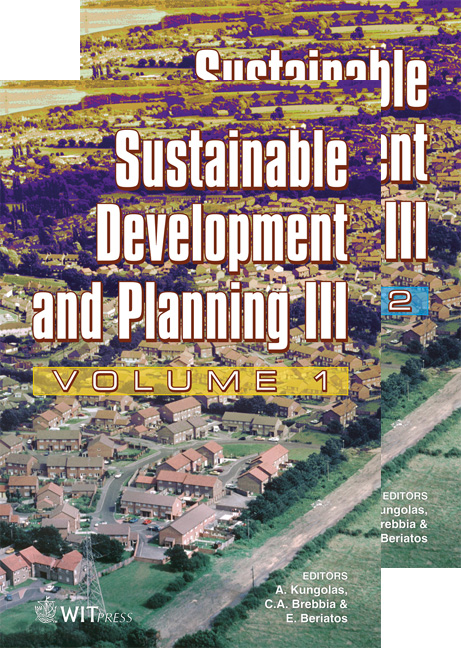Sustainable Reclamation Of Industrial Areas In Urban Landscapes
Price
Free (open access)
Transaction
Volume
102
Pages
10
Published
2007
Size
1,638 kb
Paper DOI
10.2495/SDP070752
Copyright
WIT Press
Author(s)
L. Loures & T. Panagopoulos
Abstract
During the second half of the twentieth century a widespread crisis of numerous industrial sectors contributed to the appearance of derelict industrial areas. In this perspective the recycling of derelict industrial areas is indispensable for sustainable city development in the optic of recovery and conservation of our industrial heritage. The transformation of derelict industrial sites into public spaces represents a significant enhancement to the quality of life and land use, and at the same time marks a new commitment to the transformation of once-industrial sites to new cultural and environmental uses. This requires a new planning approach based on knowledge, new technologies and collaborative design. The present study evaluates three design strategies that might be used to reclaim derelict sites in urban areas transforming them for the society and the environment. Each is strategy related to different landscape characters: the heritage, the environmental and the socio-cultural character. The objective of the present work was to analyse those design strategies used in the reclamation of derelict industrial areas using three representative different case studies: Duisburg Nord, Fresh Kills and Downsview Park. In those projects it was found that the design strategies adopted minimize the environmental impact assuring a harmonious reclamation of the natural and built environments. Landscape architects such as Peter Latz, James Corner and Bruce Mau, have shown how to create culturally stimulating landscapes with a large variety of uses and activities arising out of the derelict remains of past industry. Keywords: Landscape Architecture, landscape reclamation, design strategies, derelict land, urban regeneration.
Keywords
Landscape Architecture, landscape reclamation, design strategies, derelict land, urban regeneration.





